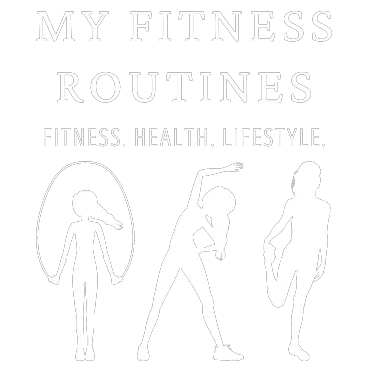Activated Isolated Stretching: The Benefits and Techniques
- kim
- 0
- Posted on
Stretching is an important part of any exercise routine, and it can help you maintain or improve your flexibility, mobility, and overall health. However, not all stretching techniques are created equal.
One stretching technique that has gained popularity in recent years is Activated Isolated Stretching (AIS). In this blog post, we’ll explore what AIS is, its benefits, and how to perform it properly.
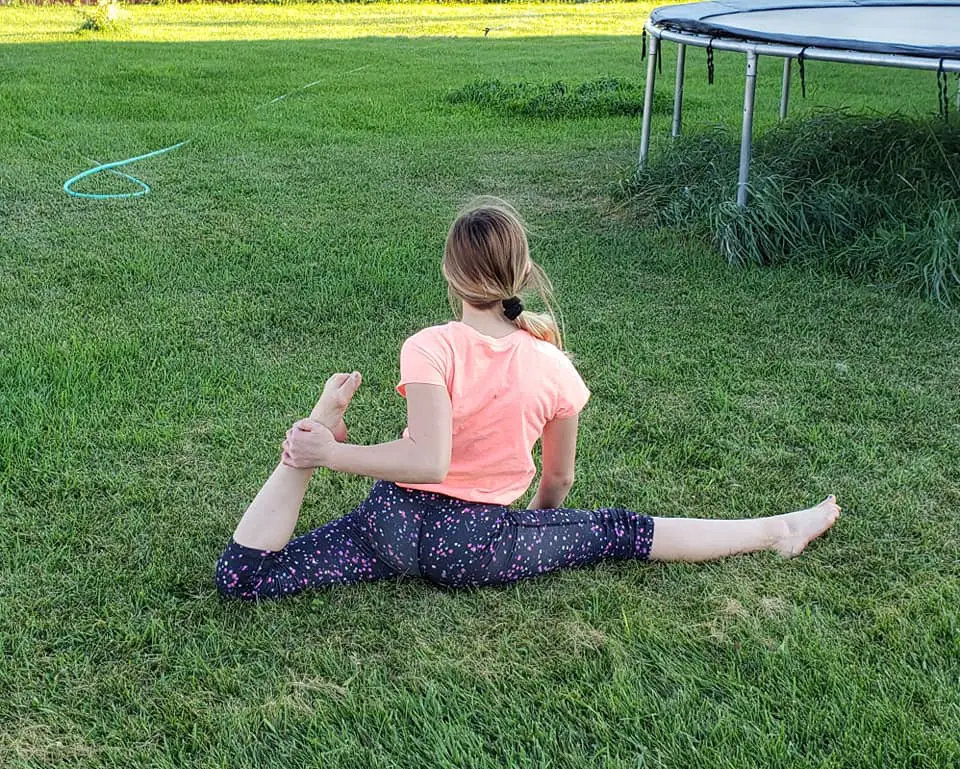
What is Activated Isolated Stretching?
In a nutshell, Active Isolated Stretching is a method that helps you maximize the effectiveness of your stretching while minimizing any discomfort in your body and muscles.
Active Isolated Stretching is a type of stretching that involves holding a stretch for a short period of time (usually 1-2 seconds) and then releasing it. This technique is different from traditional stretching, which involves holding a stretch for a longer period of time (usually 10-30 seconds or more).
The goal of AIS is to improve flexibility, mobility, and range of motion by lengthening the muscles and increasing blood flow to the targeted area. AIS can be used by athletes, physical therapists, and anyone looking to improve their flexibility and mobility.
Benefits of Active Isolated Stretching
1. Improves Flexibility and Mobility
One of the main benefits of AIS is that it can improve your flexibility and mobility. Doing AIS is kind of like massage therapy but instead, you are stretching.
By lengthening the muscles and increasing blood flow to the targeted area, AIS can help you move more freely and with less pain. This can be especially beneficial for athletes and athletic trainers who need to move quickly and efficiently.
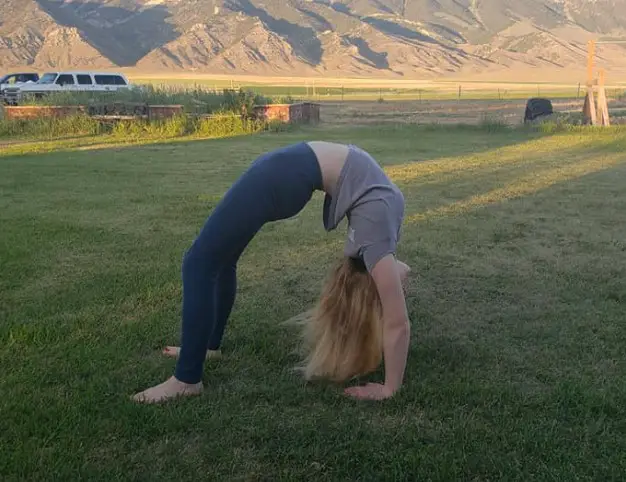
2. Reduces Risk of Injury
Another benefit of AIS is that it can reduce your risk of injury. By improving your flexibility and mobility, you’ll be less likely to strain or tear a muscle during physical activity.
Additionally, AIS can help you identify areas of your body that are tight or prone to injury, so you can focus on stretching those areas before they become a problem.
3. Enhances Athletic Performance
AIS can also enhance your athletic performance by improving your flexibility, mobility, and range of motion.
When your muscles are more flexible and mobile, you’ll be able to move more efficiently and with greater speed and power. This can be especially beneficial for athletes who need to perform at a high level.
4. Reduces Muscle Soreness
Activated isolated stretching can also help reduce muscle soreness after physical activity. By increasing blood flow to the targeted area and lengthening the muscles, AIS can help flush out lactic acid and other waste products that can cause sore muscles.
Additionally, AIS can help improve circulation and reduce inflammation, which can also contribute to muscle soreness.
5. Improves Posture
Another benefit of AIS is that it can improve your posture. By lengthening the muscles and increasing blood flow to the targeted area, AIS can help correct imbalances in your body that can lead to poor posture.
This can be especially beneficial for people who spend a lot of time sitting or standing in one position and eating too many dang cookies!
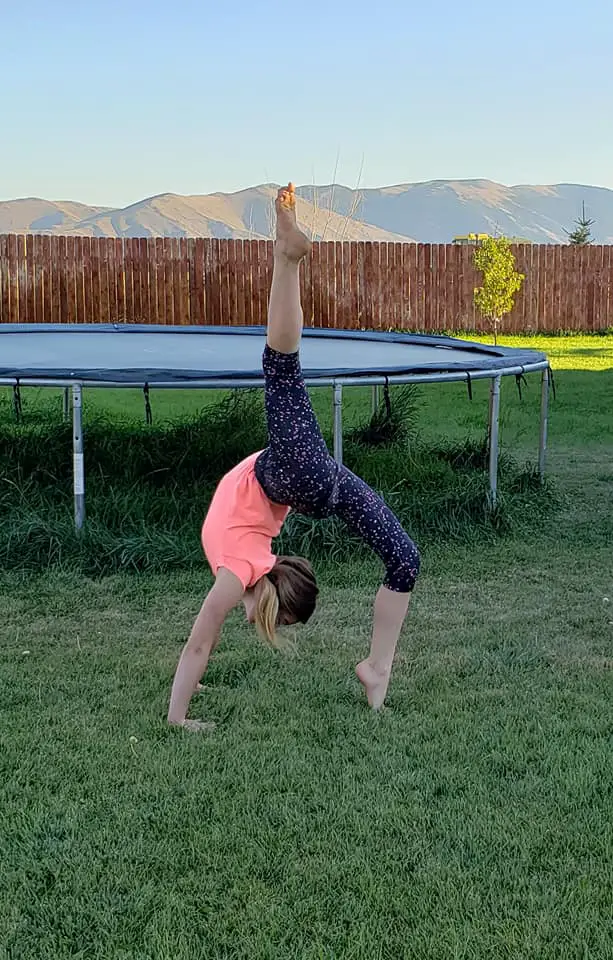
How to Perform Active Isolated Stretching
Now that we’ve explored the benefits of AIS, let’s take a look at how to perform it properly. By doing these simple yet important things, you will alleviate yourself from shin splints (HATE those!) and other discomforts that come from working out and exercising.
1. Warm Up
Before you begin any stretching routine, it’s important to warm up your muscles. You can do this by performing light aerobic exercises, such as jogging in place or jumping jacks, for 5-10 minutes.
2. Choose a Targeted Muscle Group
Next, choose a muscle group that you want to stretch. It’s important to focus on one muscle group at a time to avoid overstretching or injury so you can target muscle in groups instead of all at once.
3. Position Yourself Properly
Position yourself in a way that allows you to stretch the targeted muscle group without straining or overstretching. For example, if you’re stretching your hamstring, lie on your back with one leg extended and the other leg knee bent.
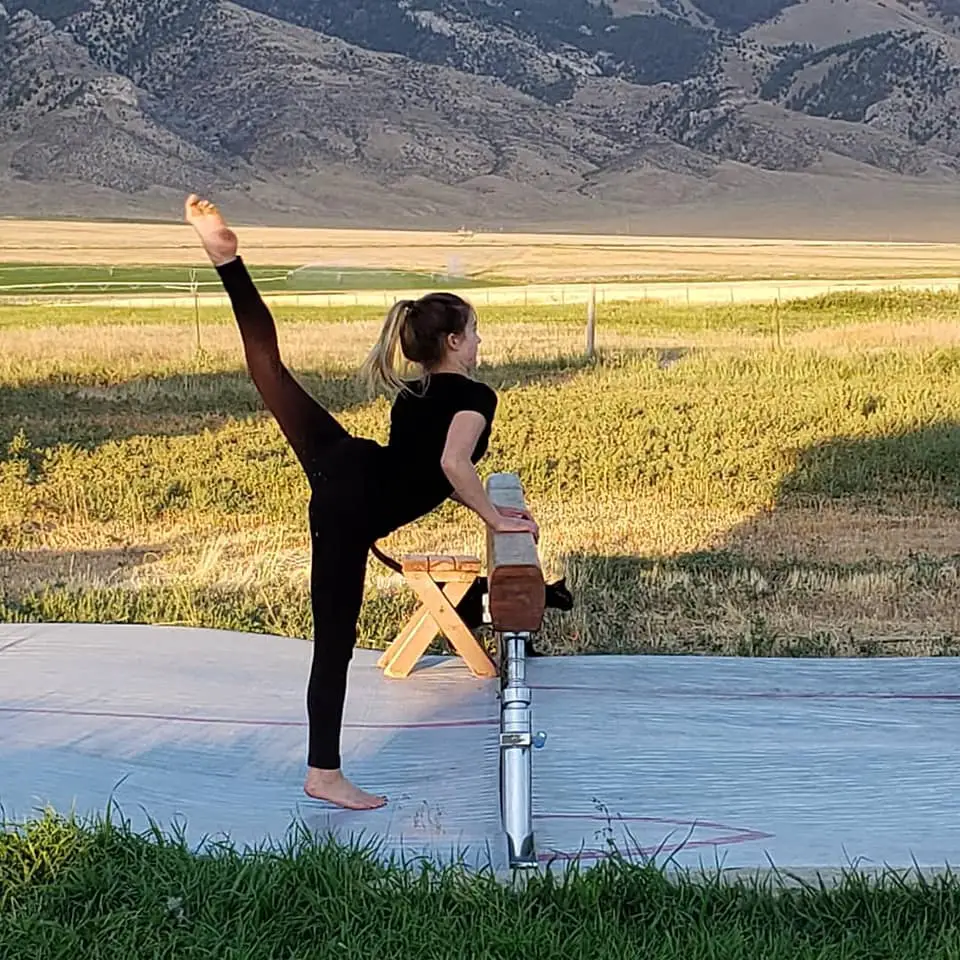
4. Perform the Stretch
Slowly and gently stretch the targeted muscle group for 1-2 seconds, then release the stretch. Repeat this process for 10-15 repetitions.
5. Relax
After you’ve completed the stretch, relax the targeted muscle group for a few seconds before moving on to the next stretch.
6. Cool Down
After you’ve completed your stretching routine, it’s important to cool down your muscles. You can do this by performing light stretching or walking for 5-10 minutes.
Activated Isolated Stretching is a beneficial stretching technique that can improve flexibility, mobility, and overall health.
By lengthening the muscles and increasing blood flow to the targeted area, AIS can help reduce the risk of injury, enhance athletic performance, reduce muscle soreness, improve posture, and more. If you’re looking to improve your flexibility and mobility, give AIS a try and see how it can benefit you and your body.
